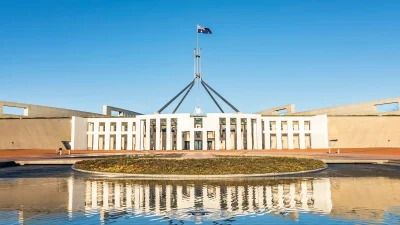Beta-seeking ETFs on the rise


Exchange-traded funds (ETFs) that track non-traditional indices are set to grow within the local market as demand grows for low-volatility targeted equity products, according to Lonsec Research.
Lonsec has recently completed an ETF sub-sector review and found that the increased risk aversion which has followed the global financial crisis has seen the growth of 'smart beta’ ETFs that are constructed using stock weights that are not proportional to market capitalisations.
Lonsec general manager - specialised research Michael Elsworth said these type of ETFs were gaining in popularity in the United States, with fundamental indexing and low-volatility indexing being two common strategies currently in use.
Lonsec said fundamental indexing strategies weight stocks according to their fundamentals - such as book value or earnings - and tend to be skewed to stocks that are cheap on such ratios, typically value stocks.
Low-volatility indices follow the idea that low-risk stocks have similar or better returns than the market average, but with lower risk. They construct a portfolio with the lowest expected volatility, or adjust a market capitalisation-weighted index to maintain a certain risk target.
Elsworth said these strategies would gain traction in the local market, because while they offer aspects of passive investment they are lower-cost methods of investing in active management due to their deviations from capitalisation-weighted indices.
However Elsworth stated that while smart beta ETFs might offer low cost and some active management, they carried risks - as some indices were overly simplistic in their construction and were not able to capture certain risk premiums efficiently.
Elsworth also highlighted that the relative newness of these ETFs meant that past performance over multiple economic cycles should be examined to ensure the index construction rules of the ETF were sound.
He also stated that low-volatility indices can have less transparency than other indices, while turnover can be high compared to other forms of indexing.
Recommended for you
T. Rowe Price believes Australian growth is successfully managing to shrug off consumer weakness, but the firm’s multi-asset team is not yet positive enough to increase its underweight position.
Iress has issued an update denying the validity of “certain statements” made by an alleged threat actor, following a cyber incident last weekend.
The latest budget papers have outlined a $10 million provision for ASIC greenwashing enforcement activity as well as funds for a sustainable labelling regime to be partially met by industry levies.
Betashares has expanded its fixed income solutions with the launch of a new ETF offering exposure to subordinated bonds issued by the big four Australian banks.















